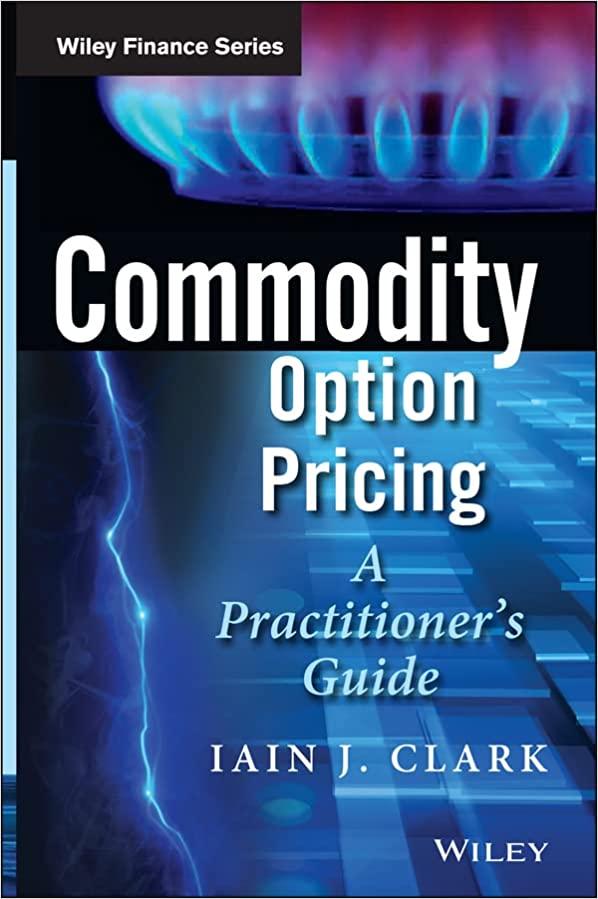

 Please answer Question 1 in detail and show your work. Calculate the appropriate ratios of liquidity, leverage, activity, and profitability for Wellington.
Please answer Question 1 in detail and show your work. Calculate the appropriate ratios of liquidity, leverage, activity, and profitability for Wellington.
Case Study 1 RATIO ANALYSIS WELLINGTON AIRLINES Melissa Myers is the new treasurer of Wellington Airlines. She graduated from a major university in Delaware with a M.B.A. in Finance. After five years of experience with one of the "big eight" CPA firms in New York, she joined the accounting staff of Midwest assumed the position of treasurer at Wellington Airlines on May 3, 1986. One of her first Airlines and served in a variety of accounting and finance positions for ten years. She responsibilities is to analyze the company's financial condition shortly after the airline's fiscal year, which ended on June 30, 1986. Exhibit 1 Wellington Airlines Balance Sheets as of June 30, 1985-1986 (in millions of dollars) 1985 1986 $42 182 196 $420 1,680 700 $42 140 210 $392 2,072 784 1.288 $1,680 $76 Cash Accounts receivable Maintenance and supplies inventory Total current assets Gross plant and equipment Less: accumulated depreciation Net plant and equipment Total assets Accounts payable Notes payable Accruals Total current liabilities Long-term debt Common stock Retained earnings Total liabilities and net worth 980 $1,400 $63 84 280 28 50 $406 $175 273 280 280 280 672 714 $1,400 $1,680 387 388 PART 2: CASE STUDIES the Wellington, one Angeles, Califort ered severe cycli the airline indus The failure of B. industry because controllers' strik had resulted in a for the airline ha phased out by the end of 1985. 1979 (see Exhibit Air Transportation Regulatory Reform Act (ATRRA) in 1978. The ATRRA, an amend- ment to the Federal Aviation Act of 1958, deregulated the airline industry significantly. airlines into the marketplace. Before 1978, the Civil Aeronautics Board (CAB) had regu- lated fares and authorized routes for airlines. Under the 1978 legislation, the CAB WAS Wellington Airlines added several cities to its routes shortly after the deregulation of the industry because management felt such a move would facilitate growth. Wellington purchased a number of new airplanes to meet its expanded routes and replaced aging airplanes. These new airplanes were mostly financed by short-term bank loans to be paid from profits generated by the expansion. However, the airline encountered substantial fare and route competition from other trunk carriers. The industry's deregulation in 1978 caught Wellington with huge fixed costs and expensive labor agreements. Newer regional carriers, free of such cumbersome overhead, were able to offer lower fares profitably, but Wellington's ability to do so was strained. Furthermore, the economic downturn depressed passenger traffic, thereby causing a glut of airline capacity. R A A Exhibit 2 Wellington Airlines Income Statement for Year Ended June 30, 1986 (in millions of dollars) D T $1,830 P Operation revenues Passengers Freight Other Total revenues 95 R 35 R $1,960 662 1. Calculat for Welli 212 Operation expenses Flying operations Maintenance Equipment and passenger services Promotion and sales General and administrative Depreciation 523 209 2. What we million pen ton inventor 52 84 3. Listand Total operating expenses 1,742 4. Prepare Operating income encounte $218 58 5. Discuss Interest expense $160 Earnings before tax Tax Earning after tax 80 $80 1. Go to ht various Case Study 1: Ratio Analysis 389 Wellington, one of the largest airlines in the United States, is headquartered in Los Angeles, California. Since its establishment in 1917, the company has successfully weath- ered severe cyclical fluctuations characteristic of the airline industry. But as with rest of the airline industry, its sales and profitability for the last few years severely declined. The failure of Braniff Airlines reflected the serious problems facing the entire airline industry because of business slowdowns, deregulation of the industry, the air traffic controllers' strike, higher fuel costs, and intensified competition. Expanding operations had resulted in an increasingly strained working capital position for Wellington. Profits for the airline had dropped considerably since its expansion program started early in 1979 (see Exhibits 1, 2 and 3). Exhibit 3 Industry Average Ratios Ratios Current ratio Quick ratio Average collection period Asset turnover Debt ratio Times interest earned Profit margin on sales Return on investment Industry 3.5 times 1.50 times 30.0 days 1.20 times 45.0 percent 4.10 times 4.00 percent 4.80 percent 8.73 percent Return on net worth QUESTIONS 1. Calculate the appropriate ratios of liquidity, leverage, activity, and profitability for Wellington 2. What would happen to net working capital if Wellington Airlines used $10 million cash to pay off $10 million long-term debt in 1986? What would hap- pen to net working capital if Wellington Airlines used $10 million cash to buy inventory in 1986. 3. Listand discuss cautions which must be taken in using industry average ratios. 4. Prepare Wellington's funds flow statement and then explain why the company encountered an increasingly strained working capital position. 5. Discuss how to solve the airline's most pressing problems. Internet Questions 1. Go to http://finance.yahoo.com. Enter ticker symbol DAL, and you will find various information about Delta Airlines Inc


 Please answer Question 1 in detail and show your work. Calculate the appropriate ratios of liquidity, leverage, activity, and profitability for Wellington.
Please answer Question 1 in detail and show your work. Calculate the appropriate ratios of liquidity, leverage, activity, and profitability for Wellington.





